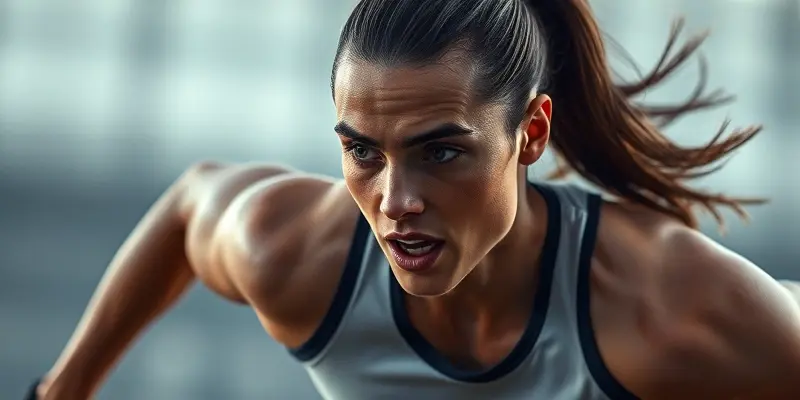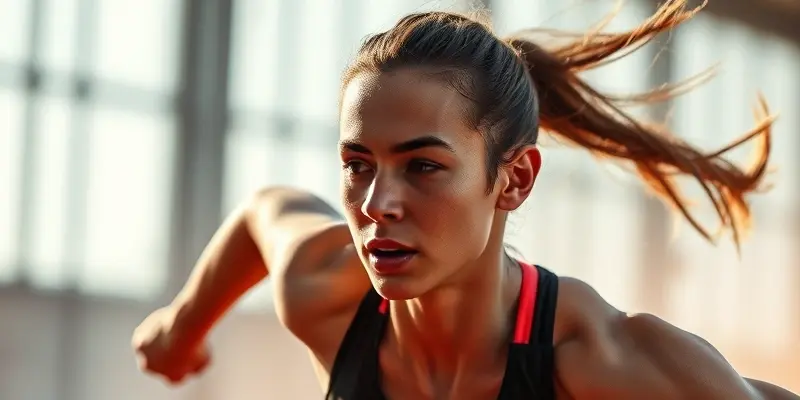Embracing Body Positivity in Sports: Recovery and Injury
In sports, body positivity is more than a trend—it’s a necessary movement fostering an inclusive environment that respects athletes of all body types. For fitness enthusiasts and athletes at every level, understanding how body positivity intertwines with injury recovery and prevention is crucial. This article explores insights and strategies to blend body acceptance with injury care and prevention.
Understanding Body Positivity in Sports
Body positivity in sports champions the acceptance of diverse body types and sizes, moving away from an outdated model focused solely on performance appearance. This mindset helps athletes reduce stress and anxiety related to body image, contributing to overall well-being. With this holistic view, we promote not just physical strength but mental resilience, crucial for enduring the demands of sports and recovering from setbacks.
Injury Prevention through Body Positivity
Adopting body-positive strategies can empower athletes to focus on capabilities rather than limitations. When athletes appreciate their unique physique, they are less likely to succumb to detrimental practices like overtraining or unhealthy dieting that increase injury risks.
- Personalized Training: Encourage individualized approaches to exercise, tailoring programs to each athlete’s body, capabilities, and goals. This method reduces the risk of injuries from overuse or incorrect form.
- Celebrate Nutritional Adequacy: Ensuring adequate nutrition supports tissue growth and resilience, reducing susceptibility to strains or stress fractures.
Holistic Recovery Approaches
Effective recovery isn’t just physical—it’s mental. Cultivating a culture of support and psychological recovery is imperative for athletes facing injuries.
- Educational Workshops: Hold sessions on intuitive eating and positive self-talk to guide athletes through post-injury recovery phases, psychologically empowering them to rebuild confidence.
- Emotional Support: Teams should foster environments of trust, encouraging open conversations about body image and providing individualized attention during recovery periods.
Nutritional Insights for Recovery
Nutrition plays a pivotal role in healing and maintaining peak performance. It’s essential for athletes to fuel their recovery with the right nutrients.
- Energy Intake: Prevent Low Energy Availability (LEA) by consuming adequate calories to maintain and repair tissues, essential after intensive workouts or injuries.
- Targeted Nutrients: Protein and essential vitamins (like C and D) support muscle and bone repair, while calcium and magnesium facilitate overall recovery.
Conclusion: Key Takeaways
Embracing body positivity not only reshapes the sports landscape into a more inclusive arena but also enhances recovery and injury prevention. Athletes should celebrate their unique bodies, focusing on personal health rather than cultural ideals. Integrating these practices into team culture ensures athletes remain motivated and resilient, not only reducing injury risk but also fostering a healthy, supportive sports environment.
With this approach, athletes of all levels can thrive in a body-positive, safe, and successful sports world, encouraging a lifetime of happiness, health, and achievements.

